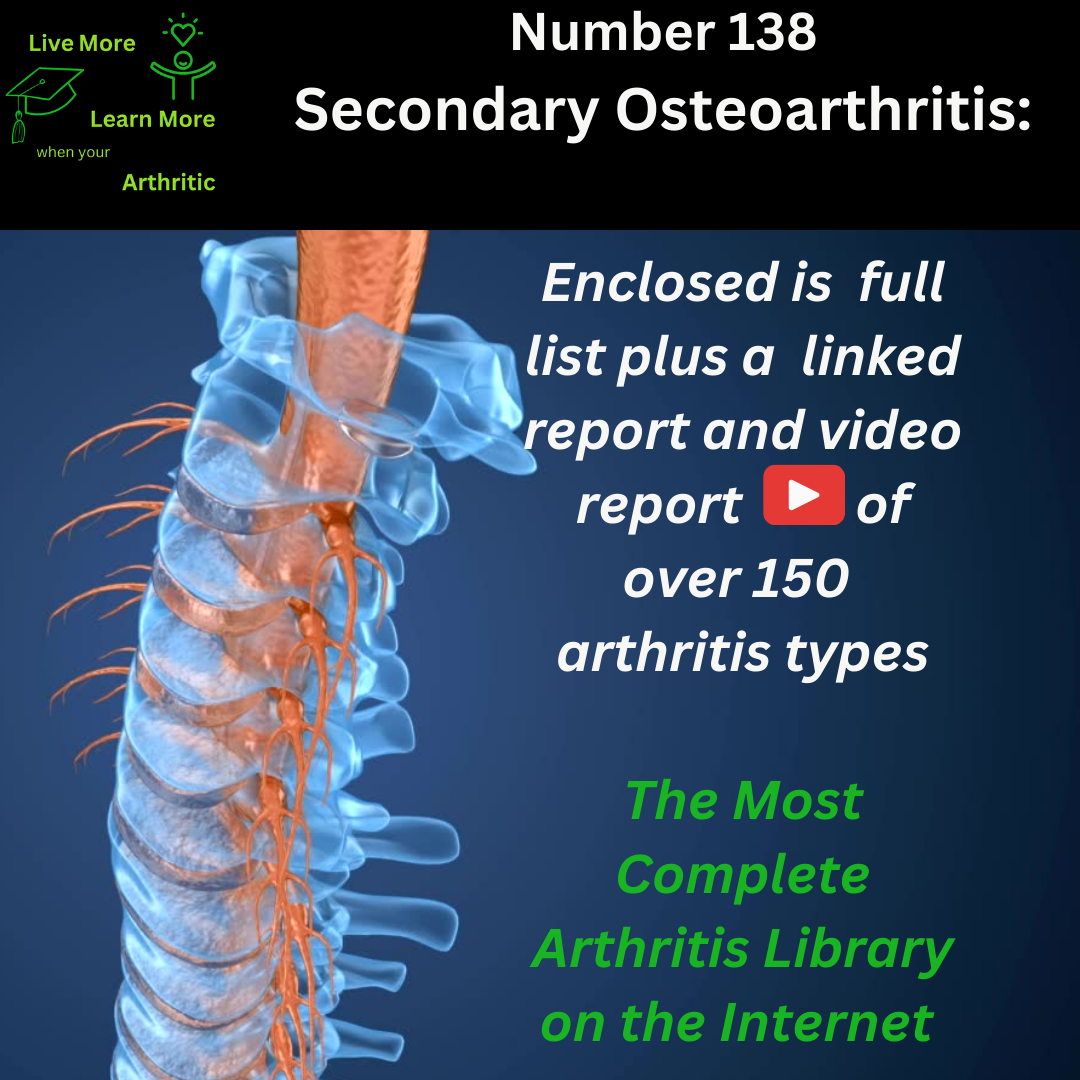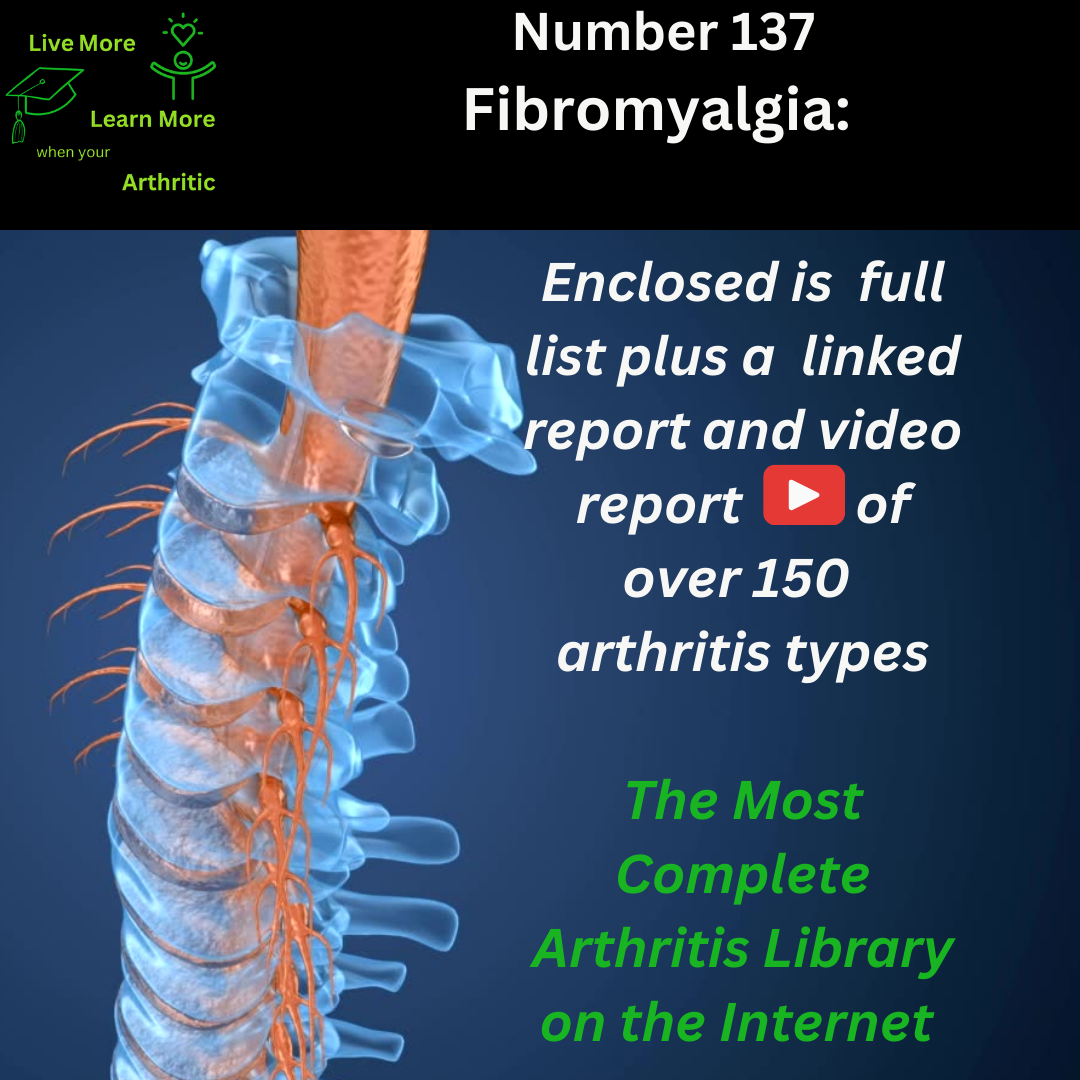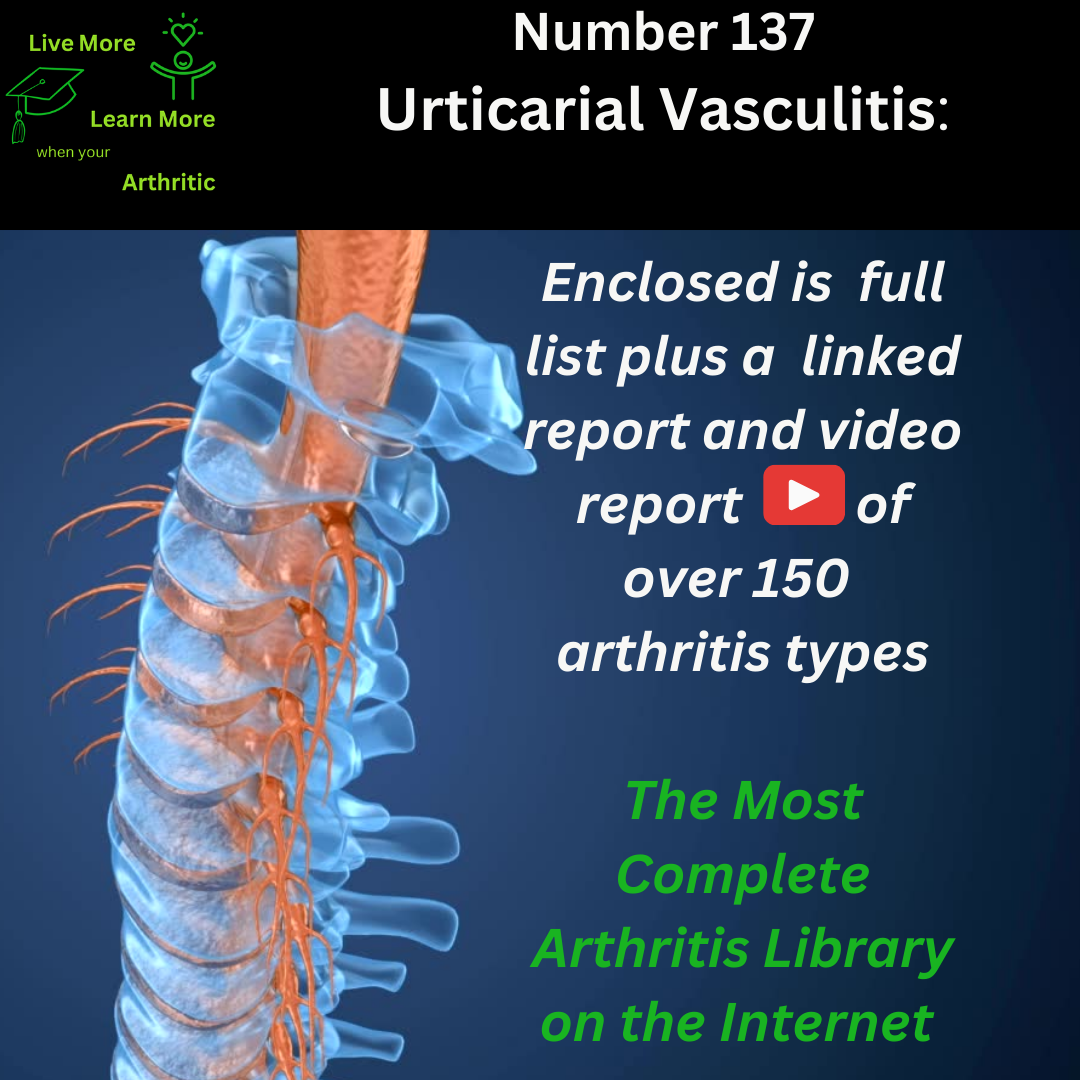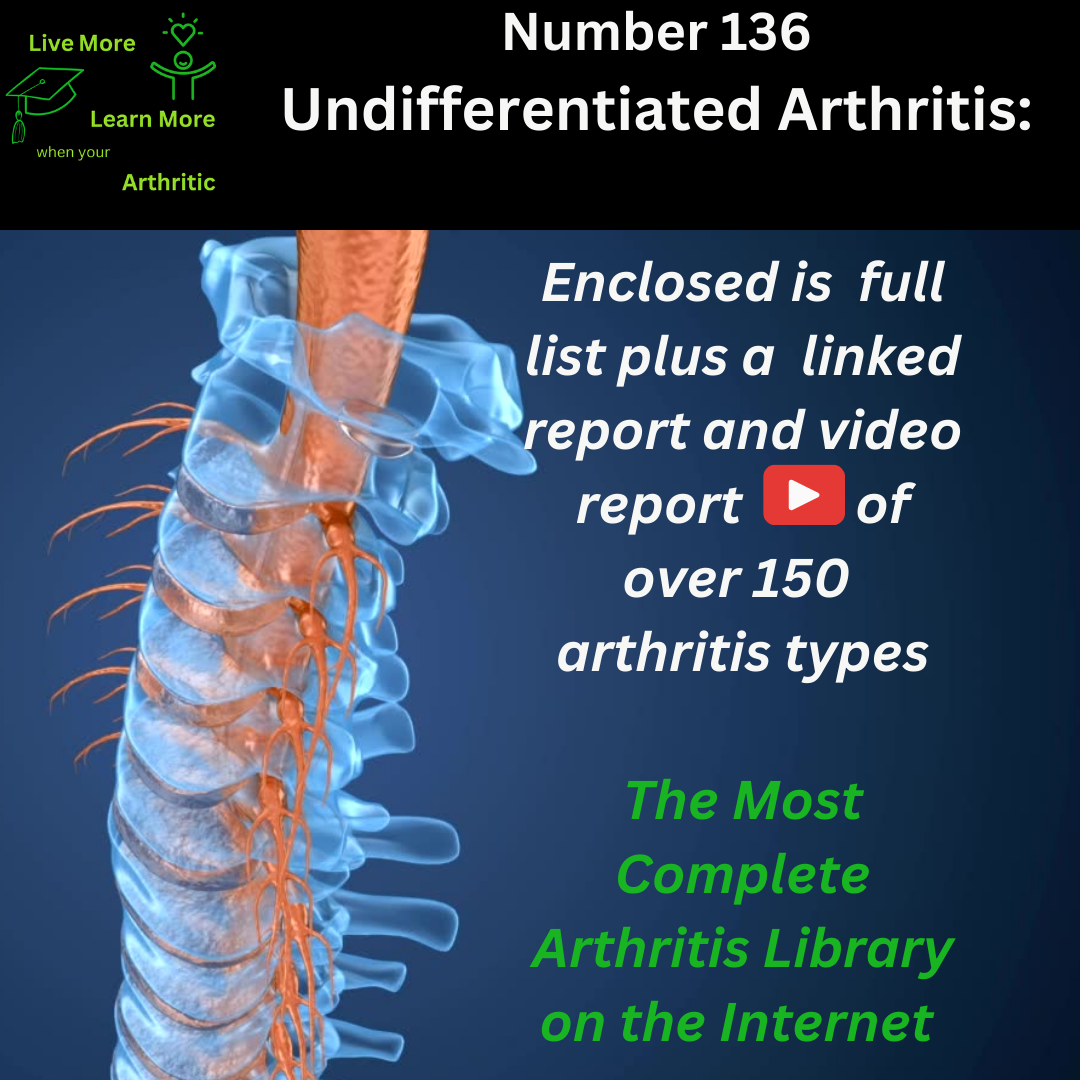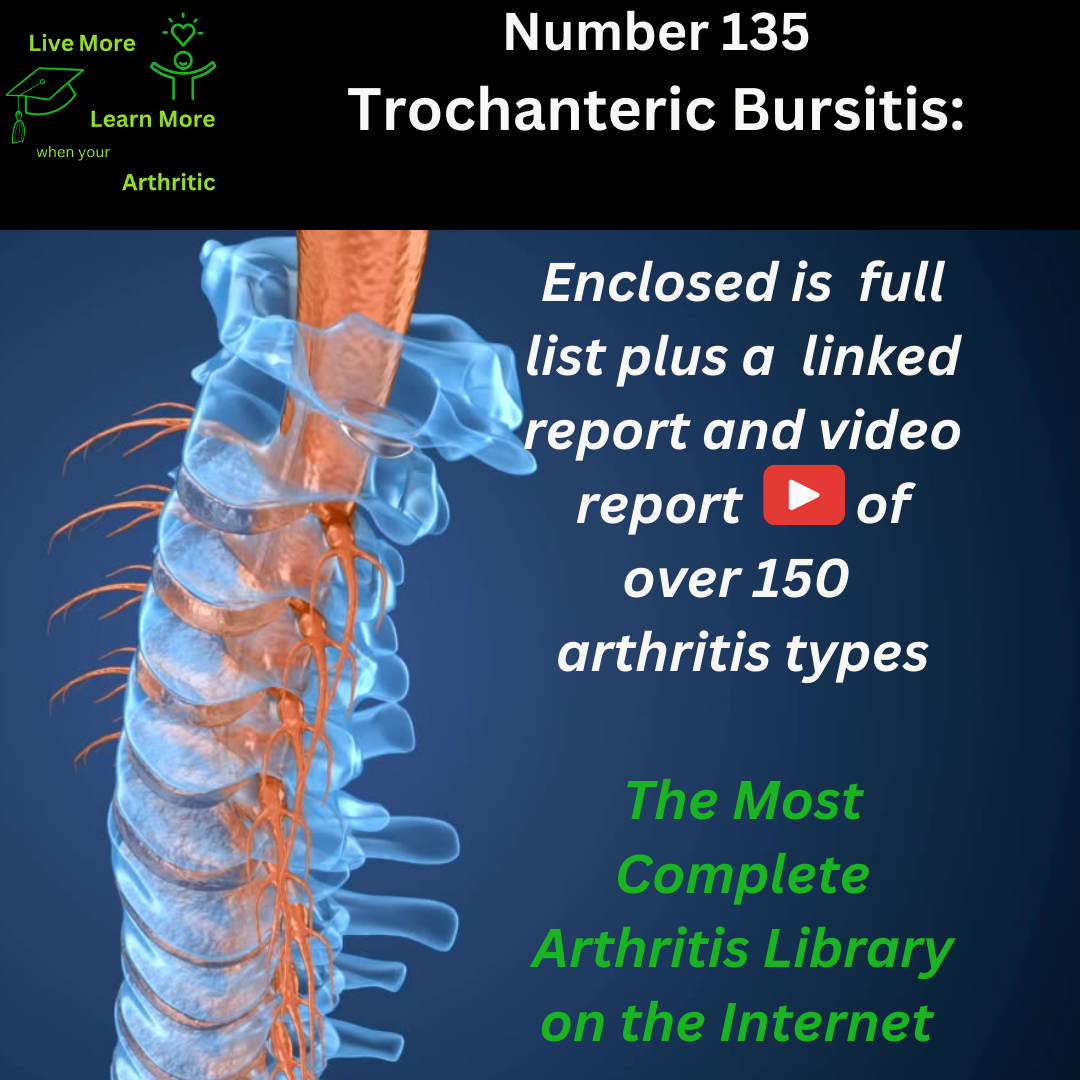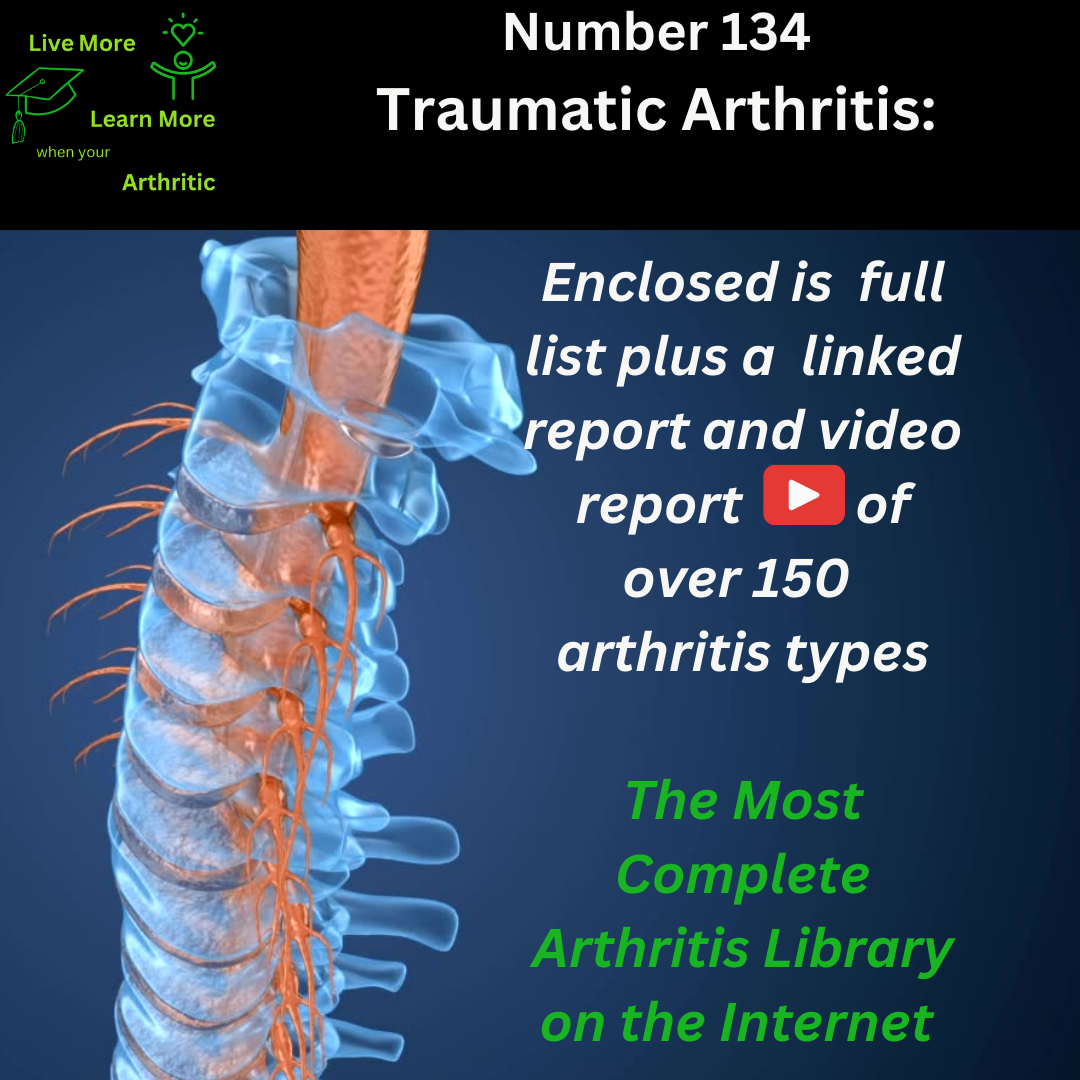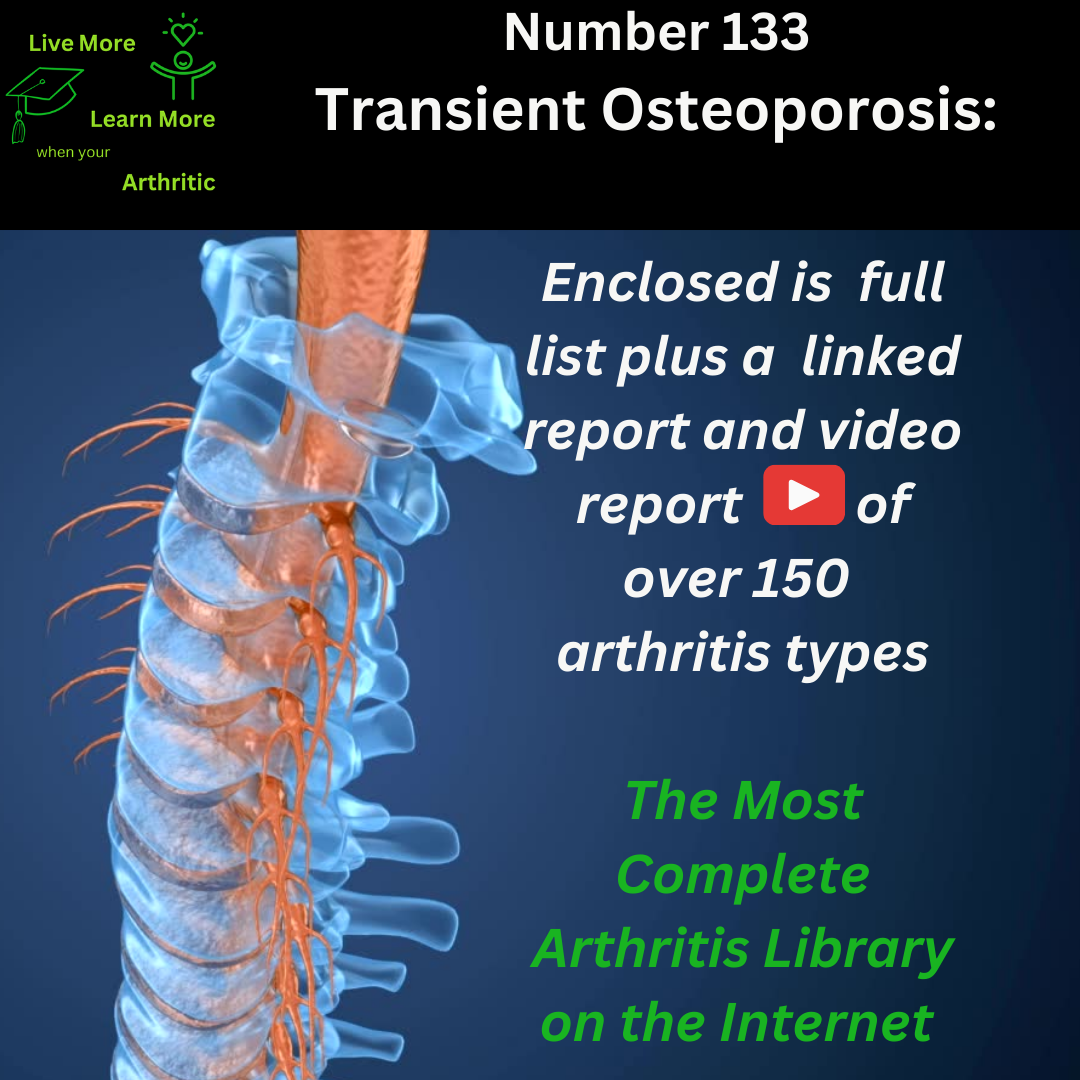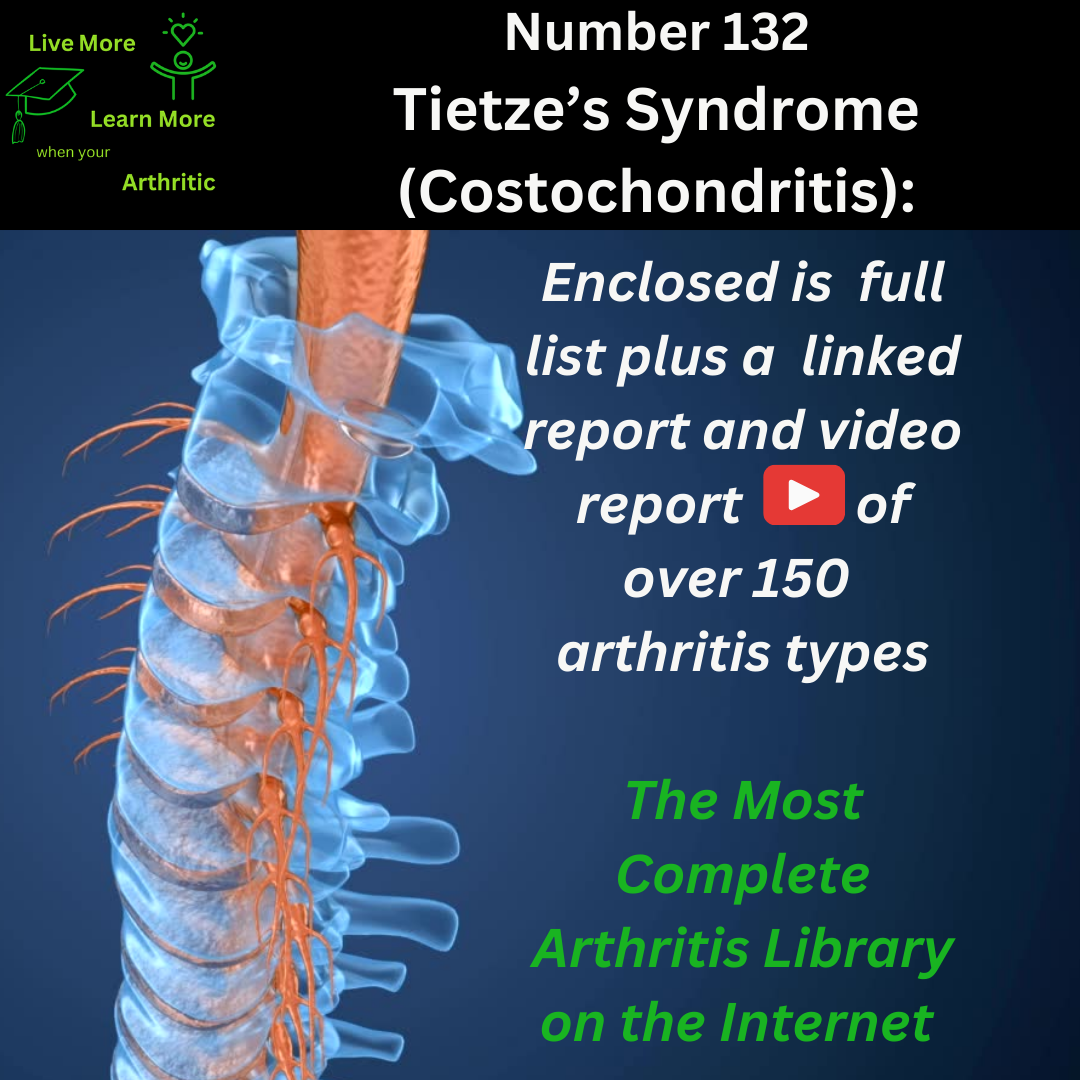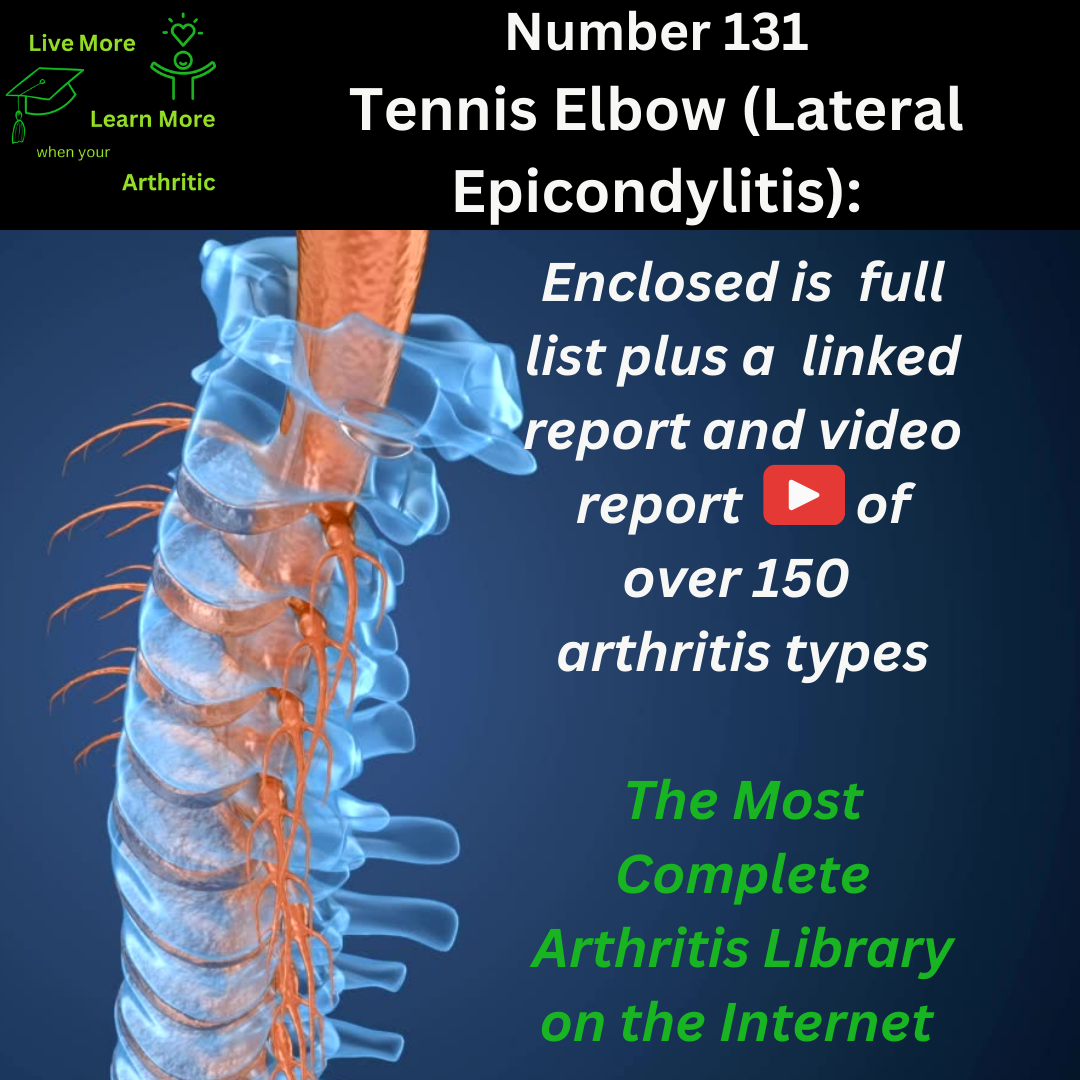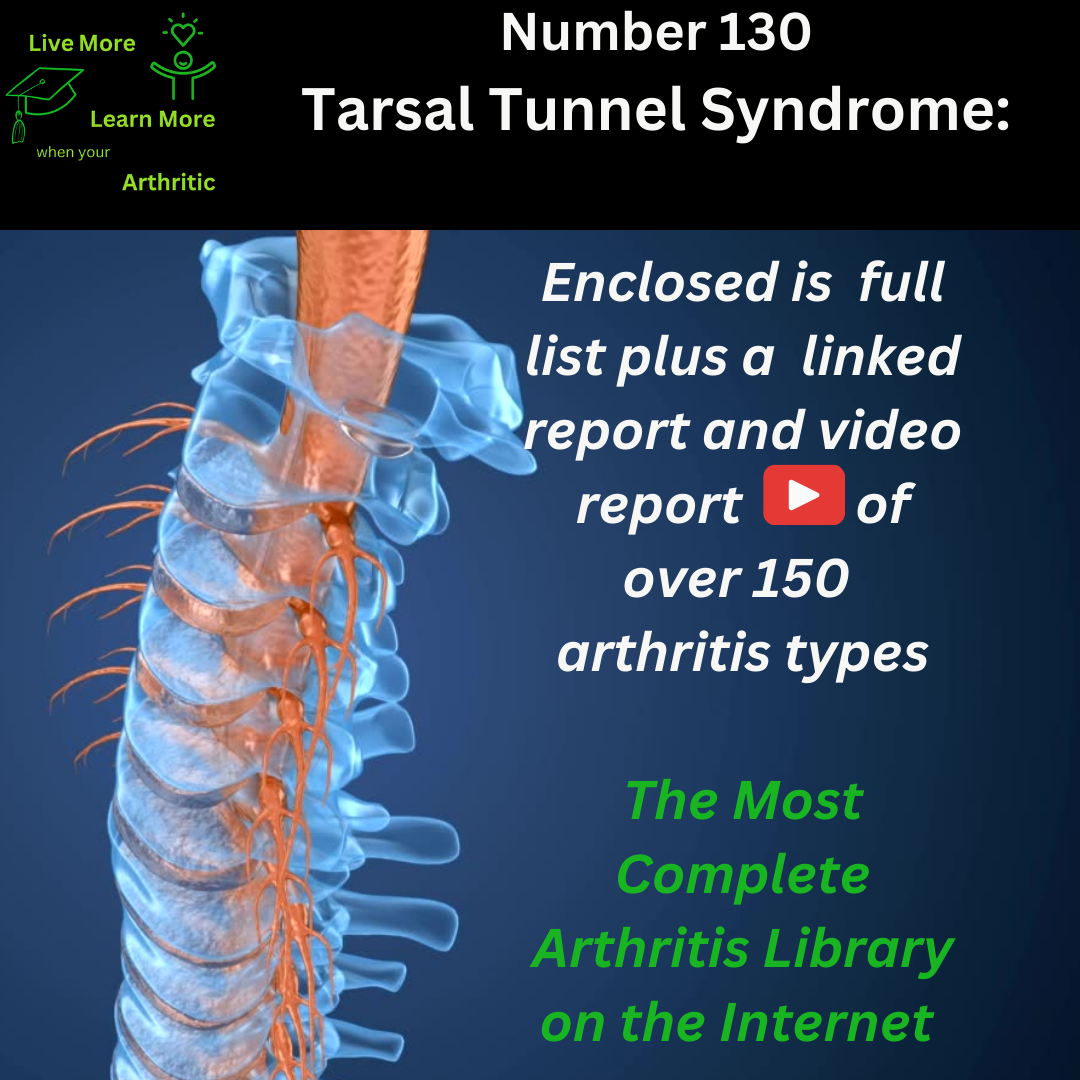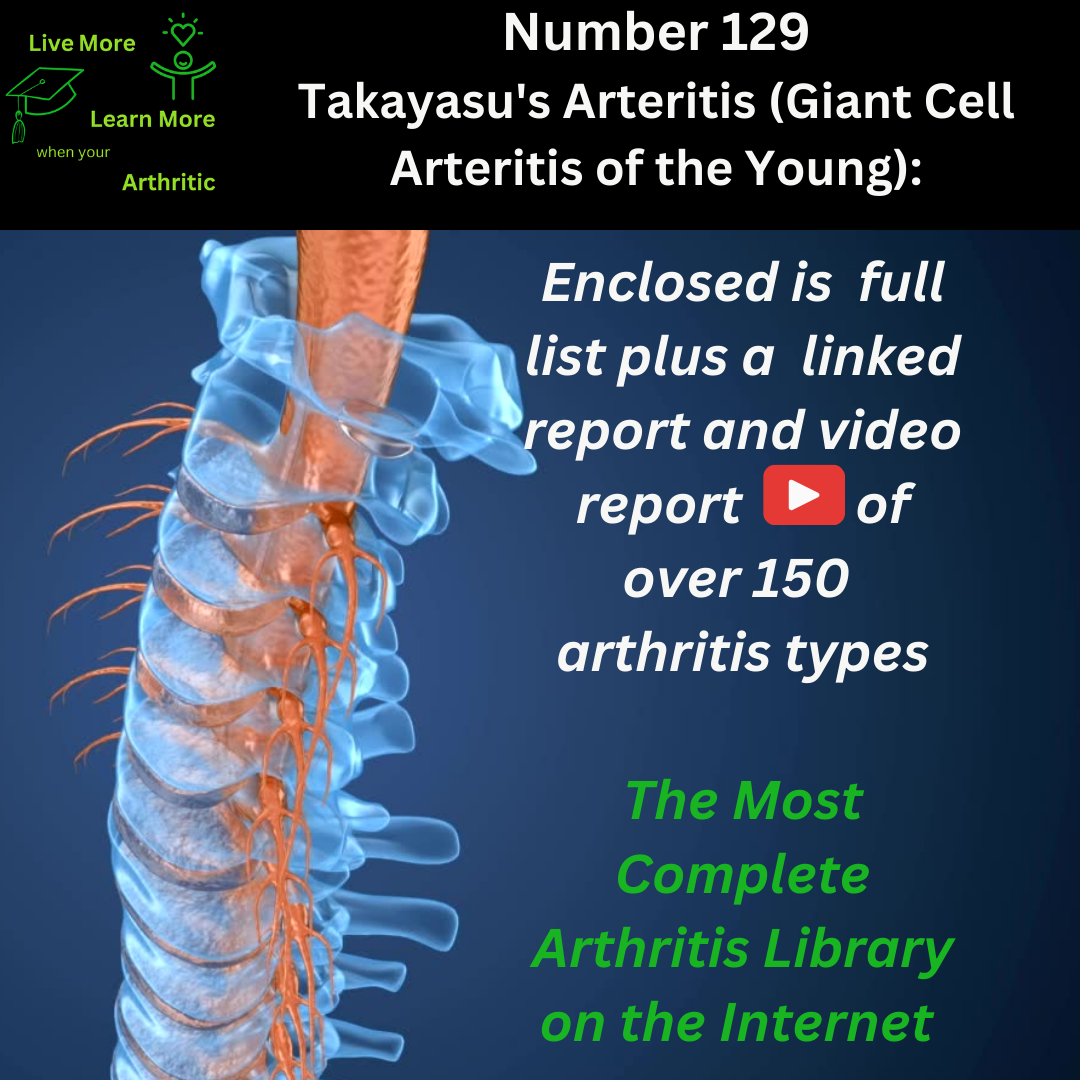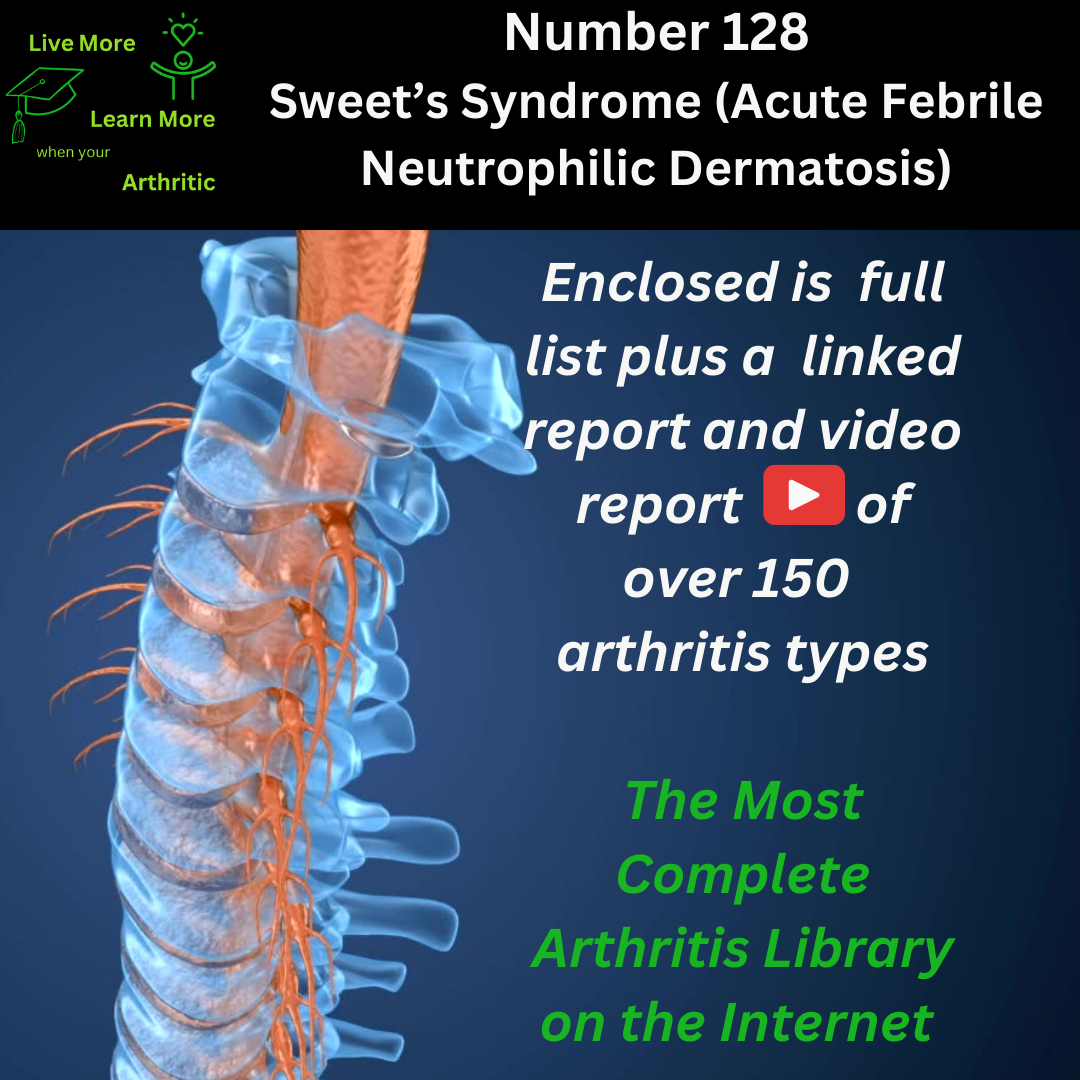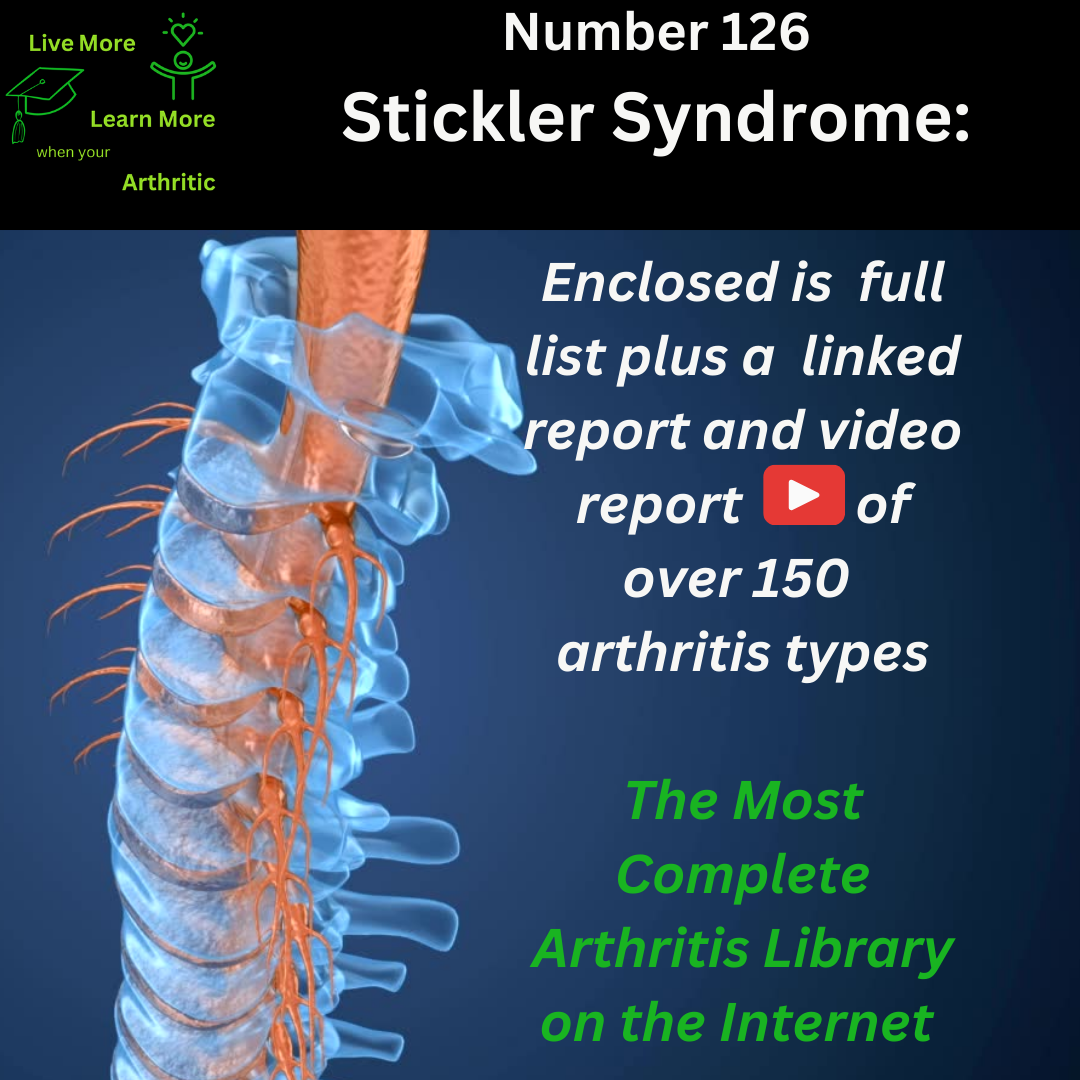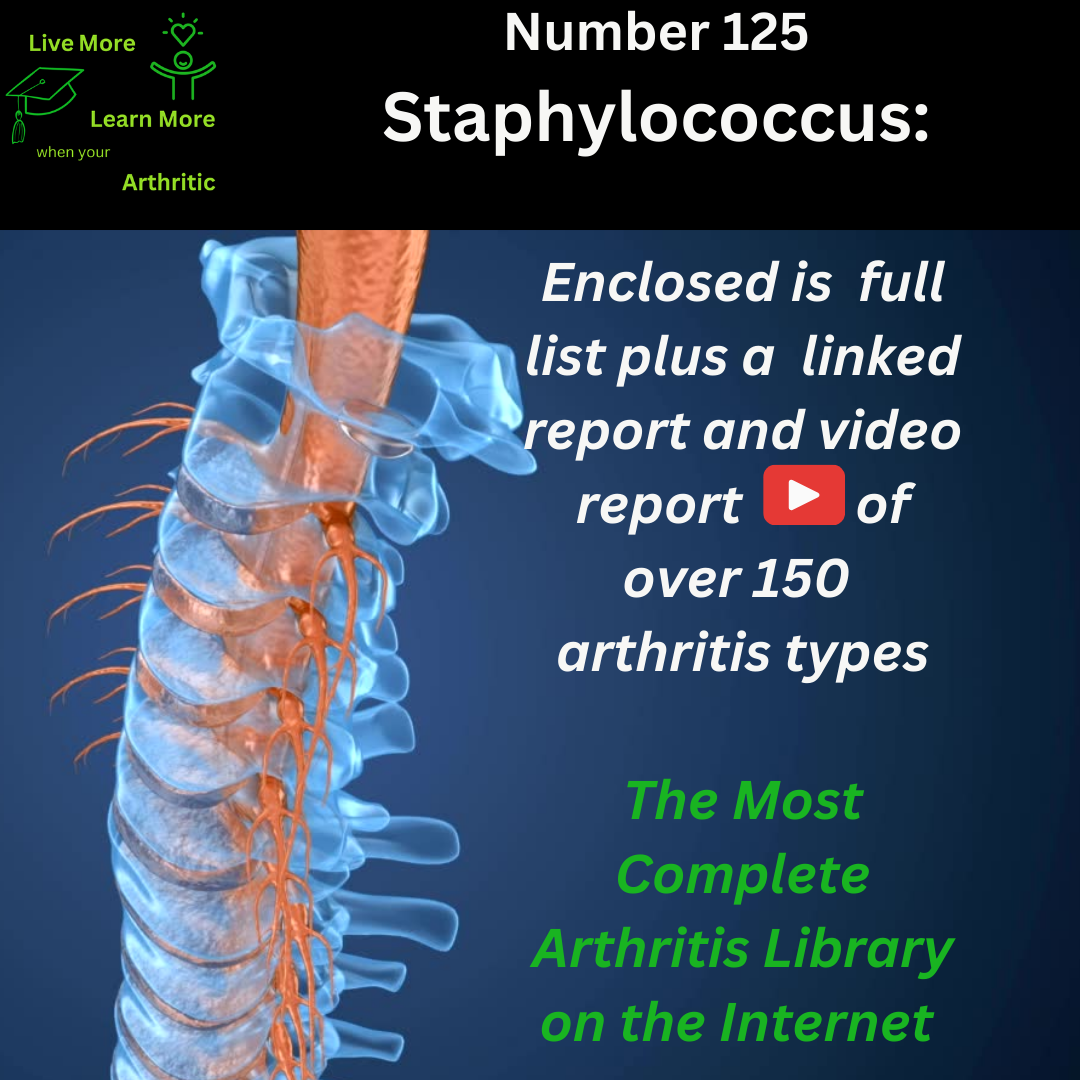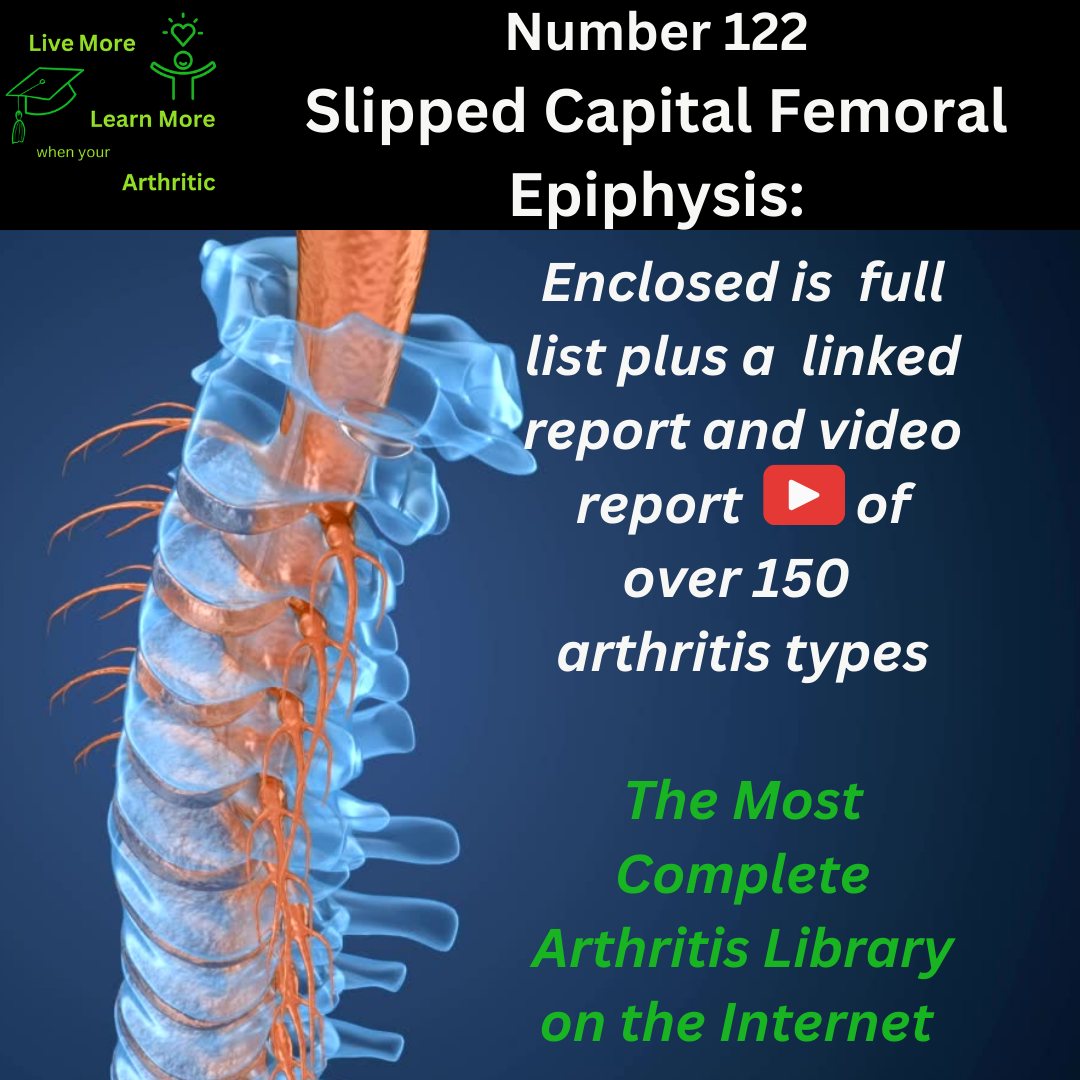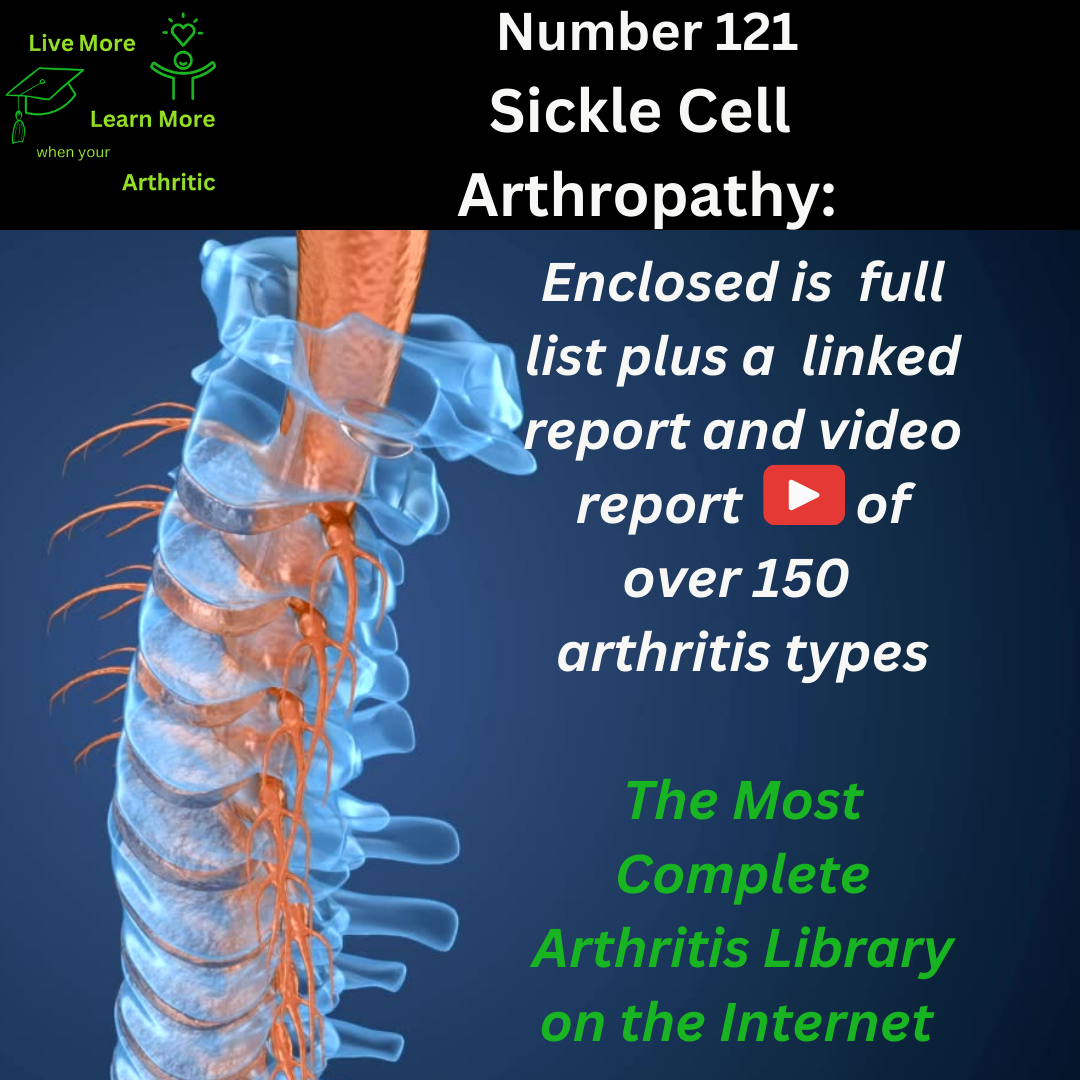Arthritis Care
The goal of treatment is to provide pain relief, increase joint mobility and strength, and control the disease as much as possible.
- 100 Types of Arthritis, ArthritiCare, Arthritis Care, Arthritis News, Arthritis Pain, Osteoarthritis (OA), Rheumatoid Arthritis (RA)
Secondary Osteoarthritis: Number 138 of around 150 types of Arthritis
-
Fibromyalgia: 137 of around 150 types of Arthritis
- ArthritiCare, Arthritis Care, Arthritis News, Arthritis Pain, Autoimmune Arthritis, Lupus-Related Arthritis
Urticarial Vasculitis: Number 136 of around 150 types of Arthritis
-
Vital Steps for a Proactive Arthritis Approach
Vital Steps for a Proactive Arthritis Approach
When confronted with an arthritis diagnosis, embarking on a proactive journey can significantly impact your well-being. Prioritize these essential steps to navigate the complexities of arthritis effectively:
-
Undifferentiated Arthritis: Number 136 of around 150 types of Arthritis
Understanding Undifferentiated Arthritis
Undifferentiated Arthritis (UA) is a term used to describe inflammatory arthritis that does not meet the criteria for a specific type of arthritis like rheumatoid arthritis (RA), psoriatic arthritis, or ankylosing spondylitis. This condition presents with symptoms of joint inflammation, including pain, stiffness, swelling, and reduced mobility. UA is a diagnosis of exclusion, meaning other specific arthritis types must be ruled out.
-
Trochanteric Bursitis: Number 135 of around 150 types of Arthritis
-
Traumatic Arthritis: Number 134 of around 150 types of Arthritis
-
Transient Osteoporosis: Number 133 of around 150 types of Arthritis
-
Tietze’s Syndrome (Costochondritis): Number 132 of around 150 types of Arthritis
-
Tennis Elbow (Lateral Epicondylitis): Number 131 of around 150 types of Arthritis
-
Tarsal Tunnel Syndrome: Number 130 of around 150 types of Arthritis
-
Takayasu’s Arteritis (Giant Cell Arteritis of the Young): Number 129 of around 150 types of Arthritis
Understanding Takayasu’s Arteritis (Giant Cell Arteritis of the Young)Description of the Disease
Takayasu’s arteritis is a rare type of vasculitis that primarily affects the large blood vessels, particularly the aorta and its branches. This chronic inflammatory condition leads to thickening, narrowing, and inflammation of the arterial walls, which can impede blood flow to organs and tissues.
-
Sweet’s Syndrome (Acute Febrile Neutrophilic Dermatosis) Number 128 of around 150 types of Arthritis
Understanding Sweet’s Syndrome (Acute Febrile Neutrophilic Dermatosis)
Description of the Disease
Sweet’s Syndrome is a rare dermatological condition characterized by the sudden onset of fever and painful skin lesions. These lesions typically appear as raised, red, and tender nodules or plaques, often affecting the arms, face, neck, and trunk. The condition is marked by the infiltration of neutrophils (a type of white blood cell) into the skin layers, leading to inflammation and skin damage.
-
Osteoarthritis involves not only physical challenges but also mental hurdles
The complex landscape of osteoarthritis involves not only physical challenges but also mental hurdles that can impact your overall well-being. Addressing these mental challenges is a crucial aspect of managing osteoarthritis effectively. Let’s delve into the psychological aspects and explore strategies to overcome them:
- 100 Types of Arthritis, ArthritiCare, Arthritis Care, Arthritis News, Lupus-Related Arthritis, Sjögren's Syndrome
Subacute Cutaneous Lupus (SCLE): Number 127 of around 150 types of Arthritis
-
Stickler Syndrome: Number 126 of around 150 types of Arthritis
Unveiling Stickler Syndrome: A Genetic Puzzle Unraveled
Imagine a puzzle where pieces don’t quite fit together—this is Stickler Syndrome, a genetic disorder that affects multiple parts of the body. Stickler Syndrome primarily impacts the connective tissues, leading to distinctive facial features, joint problems, and vision abnormalities.

Affected Parts of the Body and Symptoms
Stickler Syndrome predominantly affects the eyes, ears, joints, and facial structures. Common symptoms include nearsightedness (myopia), hearing loss, cleft palate, hypermobility of joints, and early-onset arthritis. It’s like a symphony of challenges orchestrated by genetic variations.
Description and Genetic Causes
Stickler Syndrome is caused by mutations in genes responsible for collagen production, affecting the structural integrity of connective tissues. Collagen is essential for maintaining the strength and elasticity of tissues throughout the body. Genetic variations disrupt this process, leading to the characteristic features of Stickler Syndrome.
Risk Factors and Age of Onset
Stickler Syndrome is typically present from birth but may not be diagnosed until later in life due to its diverse manifestations. Risk factors include a family history of the condition and inherited genetic mutations that affect collagen synthesis.
Complications and Impact on Lifespan
Complications of Stickler Syndrome can range from joint pain and stiffness due to early-onset arthritis to severe vision impairment requiring surgical intervention. While Stickler Syndrome can impact quality of life, proactive management and appropriate interventions can mitigate its effects on lifespan and overall well-being.
Inflammation, Joint Tenderness, and Cartilage Issues
Inflammation is not a direct factor in Stickler Syndrome, but joint pain and tenderness can result from early-onset arthritis. Cartilage degradation due to collagen abnormalities contributes to joint issues and limited range of motion, affecting mobility and daily activities.
Comorbidities and Interconnected Conditions
Individuals with Stickler Syndrome may experience comorbidities such as osteoarthritis, chronic pain, and vision-related complications like retinal detachment. Genetic conditions affecting connective tissues, such as Ehlers-Danlos Syndrome, may have overlapping features with Stickler Syndrome, requiring comprehensive medical management.
Proactive Approach for Enhanced Quality of Life
A proactive approach is essential for managing Stickler Syndrome and optimizing quality of life. This includes regular medical follow-ups, vision and hearing assessments, physical therapy to maintain joint function, and genetic counseling for families. Early intervention can address complications and prevent long-term disability.
 Possible Complications and Gender Disparities
Possible Complications and Gender DisparitiesComplications of Stickler Syndrome vary based on individual manifestations but can include progressive joint degeneration, chronic pain, and vision impairment leading to blindness. Stickler Syndrome affects both genders equally, with varying degrees of severity depending on genetic factors and environmental influences.
In summary, Stickler Syndrome presents unique challenges due to genetic variations affecting collagen synthesis. However, with a proactive approach that includes early diagnosis, comprehensive medical management, and targeted interventions, individuals with Stickler Syndrome can lead fulfilling lives and minimize the impact of associated complications on their overall well-being. Understanding the genetic basis, symptoms, and potential complications empowers individuals and families to navigate the complexities of Stickler Syndrome with resilience and optimism.
-
Staphylococcus Arthritis: Number 125 of around 150 types of Arthritis
Unveiling Staphylococcus Arthritis: The Intrusion of an Uninvited Guest
Imagine this: your body’s intricate joints, designed for smooth movement and flexibility, under attack by an unwelcome bacterium known as Staphylococcus. Staphylococcus Arthritis, often caused by Staphylococcus aureus bacteria, can invade joints, triggering inflammation and pain.
-
Slipped Capital Femoral Epiphysis: Number 122 of around 150 types of Arthritis
-
Does Leaky Gut effect Arthritis ?
-
Sickle Cell Arthropathy: Number 121 of around 150 types of Arthritis
